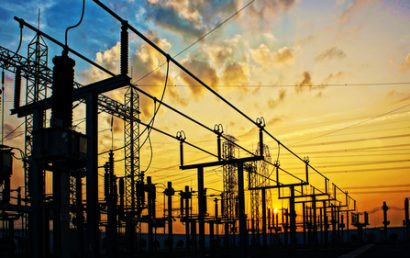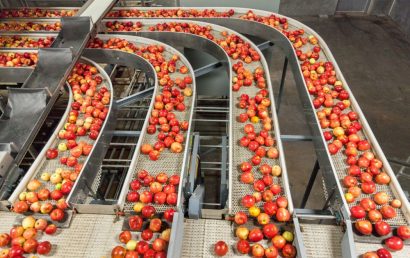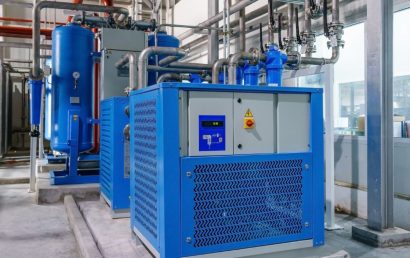Understanding The Importance Of Traction Control In Heavy Machinery
One of the most vital parts of a machine, where heavy equipment is concerned, and common knowledge to those who own and operate heavy equipment, is the traction system.
By maximizing the produced friction that occurs on impact of road and tire, traction control in heavy machinery limits tire slippage by keeping equipment from skidding on roads that are slippery. Before today’s new and improved methods of traction control, this was largely dependent on proper braking and driver capability. So that a vehicle would not go wildly into a spin, a significant level of expertise was needed for control.
Improper control – allowing the heavy vehicle to slip, skid, and/or slide – ends up being a severe liability, possibly causing accidents, injury, or even death. But, thanks to today’s traction systems, control is easier to maintain for the operators of heavy equipment.
Dump Trucks
One piece of heavy machinery, just as an example, is a dump truck. Articulated dump truck standards state that the ATC (automated traction control) monitors axle speeds per second and wheel spin. When the system detects possible slippage, it responds quickly. No matter the driving conditions, the system allows a truck to perform better, more consistently, and safely.
An additional benefit of an ATC system is its flexibility. It can be applied to all wheels on one side, one or more axles, a single wheel, and more. All over the world, this traction control system is becoming more and more popular, even being used in a number of developing nations.
The Practicality of Traction Control Systems
Granted, additional security and safety are provided by the capabilities offered through a traction system. But there’s more! For both end clients and distributors, it is relatively inexpensive. In a certain make of automobile, the traction system was put to the test. It improved productivity by 6% and reduced fuel consumption. Because it is compatible with telematics devices, it can be easily operated. This means that more money is saved because it cuts operator training.
But wait – there’s even more! Maintenance can also be reduced (cutting additional costs). More often than not, pieces of heavy equipment are manufactured to withstand steep pavements, severe roads, and rough terrains. That’s a lot of wear and tear on parts. But because sturdy components are used in the manufacture of traction systems, they are built to last.
Heavy-Duty Off-Road Equipment
Using sliding mode control, heavy-duty off-road vehicles also can benefit from traction control development. This isn’t just a system solely utilized on the trucks seen every day on highways and byways.
Representing a unique field for systems involving operator assistance, construction equipment – and the operators of such equipment – can benefit greatly from traction control systems. Because productivity and safety can increase in applications where heavy-duty machinery such as this is used, traction control has recently become a mechanism of interest in the industry.
A nonlinear controller was created to increase the capability of traction control. A sliding mode type controller was generated based on this model. The controller was then implemented on a prototype machine and run in simulations. Over previous work, an improvement in both machine push force and wheel slip was noticed, thanks to the sliding mode design.
A&A Coatings For Improved Safety, Lower Costs, and More
A&A Coatings can be of assistance where many automotive applications are concerned. We already work with multiple manufacturers to better assure longer life of parts, improved safety conditions, and more.
Contact us today for information on how our coatings can help reduce your company’s costs, maintenance, etc.



